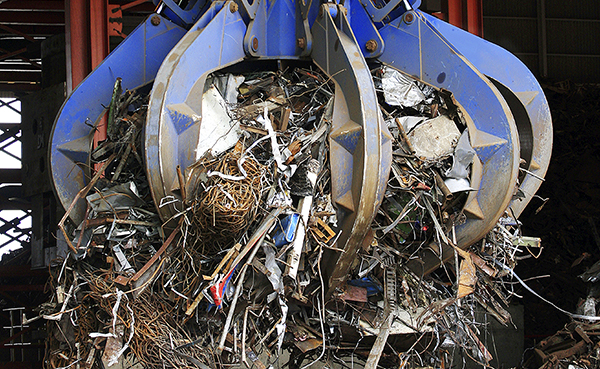The cost of turning a tank or armoured vehicle into ferrous scrap for steelmaking is prohibitive, according to Ukrainian scrap metal association UAVtormet.
“It is necessary to carry out a number of costly operations, which may exceed the price of the generated raw material,” it claims.
The association also expressed doubts about the assertion that the weight of all destroyed Russian equipment that can be melted down for scrap is 85,000 tonnes, Kallanish notes.
According to UAVtormet, this figure is much lower, since part of the captured military equipment – some 20-40% – is being restored, repaired and dismantled for spare parts.
The association also considers it impossible under martial law to remelt tank armour into plates for bulletproof vests. “The chemical composition of the armoured steel of tanks and the steel used for the production of body armour plates is somewhat similar,” it says. “For the manufacture of armoured plates, it is necessary to smelt steel, produce rolled products, heat treat them, cut plates from rolled products. Unfortunately, in wartime conditions, such a process cannot be ensured.”
Earlier, UAVtormet said it is studying the rollout of equipment to process military hardware into ferrous scrap amid Russia’s invasion of Ukraine (see Kallanish passim).
According to Forbes, the Ukrainian military has turned 5,000 Russian military vehicles into a pile of 85,000t of scrap, worth $45 million.
Before the war, national steel association Ukrmetallurgprom predicted Ukrainian steelmakers will consume about 3.84 million tonnes of ferrous scrap in 2022. Metinvest estimated its need for scrap this year at about 1.9mt.
In January-March, Ukrainian enterprises reduced procurement of ferrous scrap by 40.2% on-year to 556,500t amid the war.
Svetoslav Abrossimov Bulgaria






